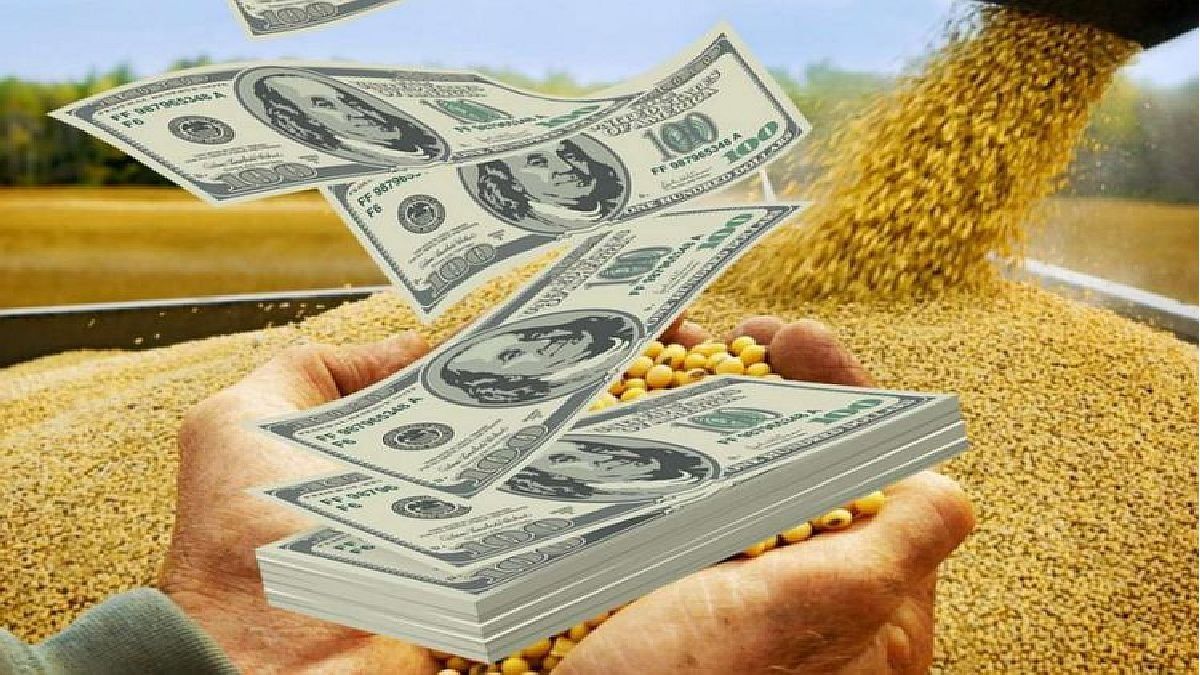The high inflation rate puts the US Federal Reserve under pressure. It is therefore likely to raise its key interest rate very quickly – and announce further steps. That could slow down the economy.
To combat high inflation, the US Federal Reserve is poised for its second interest rate hike since the start of the coronavirus pandemic.
The Federal Reserve’s (Fed) decision on the future course of monetary policy for the world’s largest economy will be announced today. An increase of 0.5 percentage points to a range of 0.75 to 1 percent is expected. It would be the first such a sharp increase in 22 years. Usually, the Fed prefers to raise interest rates in 0.25 percentage point increments.
Following the meeting of the Central Bank Council, Fed Chairman Jerome Powell will explain the motives of the Fed to journalists and give an outlook on the further course of monetary policy. The pressure on the Fed is currently great because the inflation rate in the world’s largest economy is at its highest level in decades, which is reducing consumer purchasing power.
Further steps expected
Analysts expect several more rate hikes this year. The Fed also wants to quickly reduce its balance sheet, which has swollen to around USD 9 trillion as a result of the Corona emergency programs, which would withdraw further liquidity from the markets. Analysts expect details on the planned dismantling this Wednesday.
Powell had signaled relatively clearly at the end of April that an increase of 0.5 percentage points can be expected at the meeting of the Federal Reserve Board. In view of the high inflation rate and robust economic development, it is “appropriate to proceed a little faster,” said Powell. The aim is to use the central bank’s tools in such a way that supply and demand adjust again and inflation goes down. The economy should cool down in a way that does not correspond to a “recession”. The balancing act will not be easy, he said. «It will be a big challenge. We will do our very best to make that happen,” Powell promised.
Increases in the key interest rate make credit more expensive and curb demand. This helps bring down the rate of inflation, but it also weakens economic growth. It is therefore a balancing act for the central bank: it wants to raise interest rates so much that inflation is slowed down – without stalling the economy and the labor market at the same time.
Another challenge for the central bank is that it can only influence some causes of price increases to a limited extent. The disruptions in global supply chains and rising energy prices, for example, do not react directly to the key interest rate. The Fed can hardly control the consequences of the war in Ukraine or new corona lockdowns in China for the inflation rate in the USA.
The last increase was 22 years ago
The Fed stopped buying billions of securities in March and raised its key interest rate by 0.25 percentage points for the first time since the Corona crisis. The last time there was an increase of 0.5 percentage points was 22 years ago. As a result, the interest rate rose to 6.5 percent in May 2000 – shortly before the Internet bubble burst, the consequences of which led to a series of reductions in the key interest rate from 2001 onwards.
The Fed is committed to the goals of price stability and full employment. The US economy is now booming again, with the unemployment rate recently falling to a low 3.6 percent. Many companies are already complaining about a shortage of workers. However, consumer prices have been rising rapidly for months. In March, they rose by 8.5 percent compared to the same month last year. The Fed is aiming for an inflation rate of two percent in the medium term.
The European Central Bank (ECB) also has this goal. The key interest rate in the currency area of the 19 countries has been at a record low of zero percent for around six years now. In view of the record inflation, a first interest rate hike in the euro area is now expected this summer. Several members of the Governing Council had recently not ruled out an increase in July.
Source: Stern
Jane Stock is a technology author, who has written for 24 Hours World. She writes about the latest in technology news and trends, and is always on the lookout for new and innovative ways to improve his audience’s experience.




